Schedule
- The 26th LHD experimental campaign is scheduled from September 25 to December 25,2025.
Home>
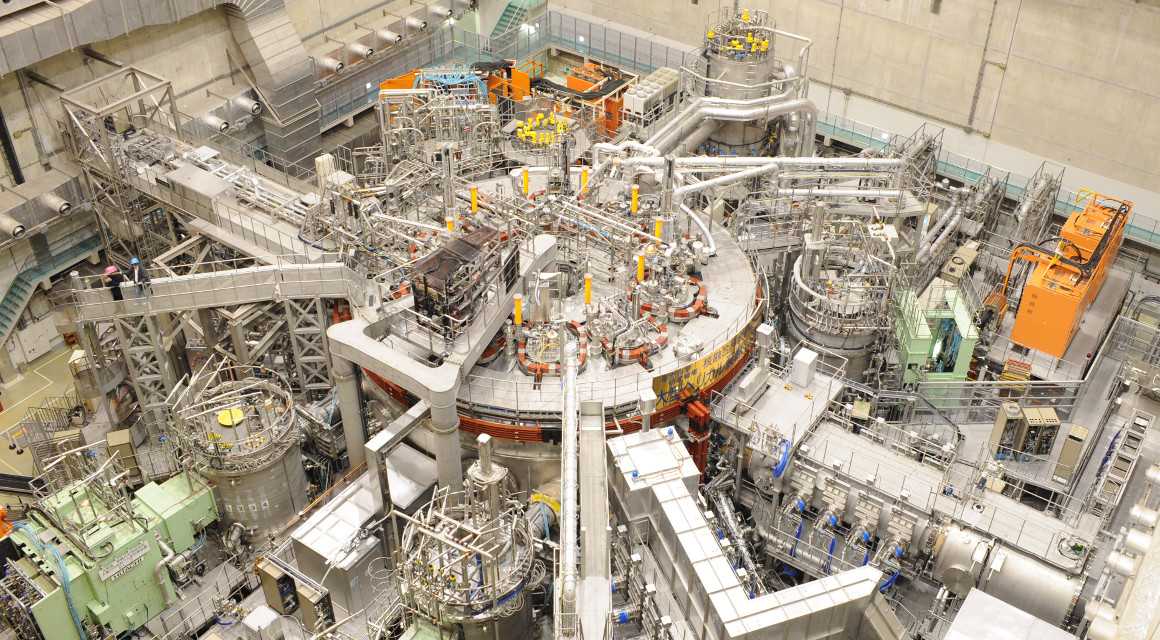
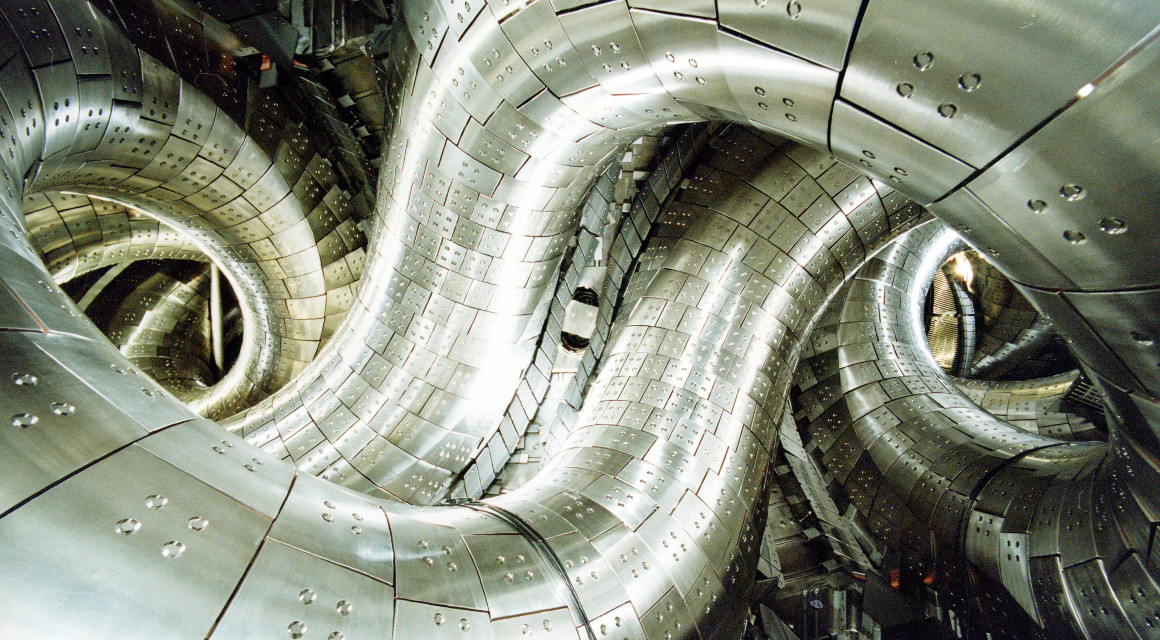
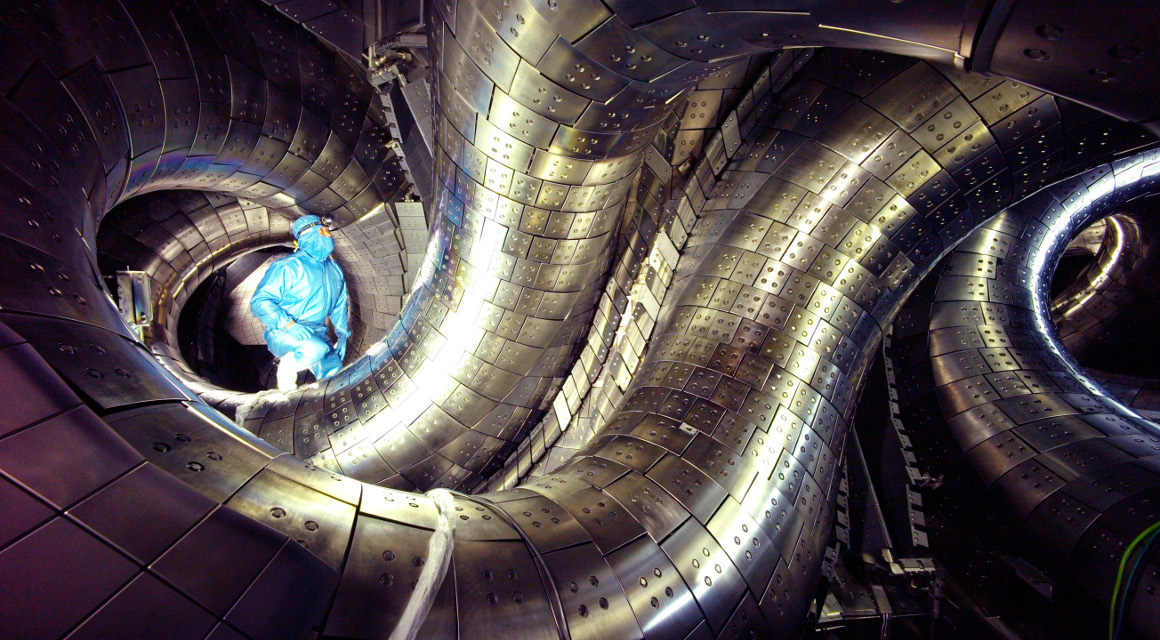
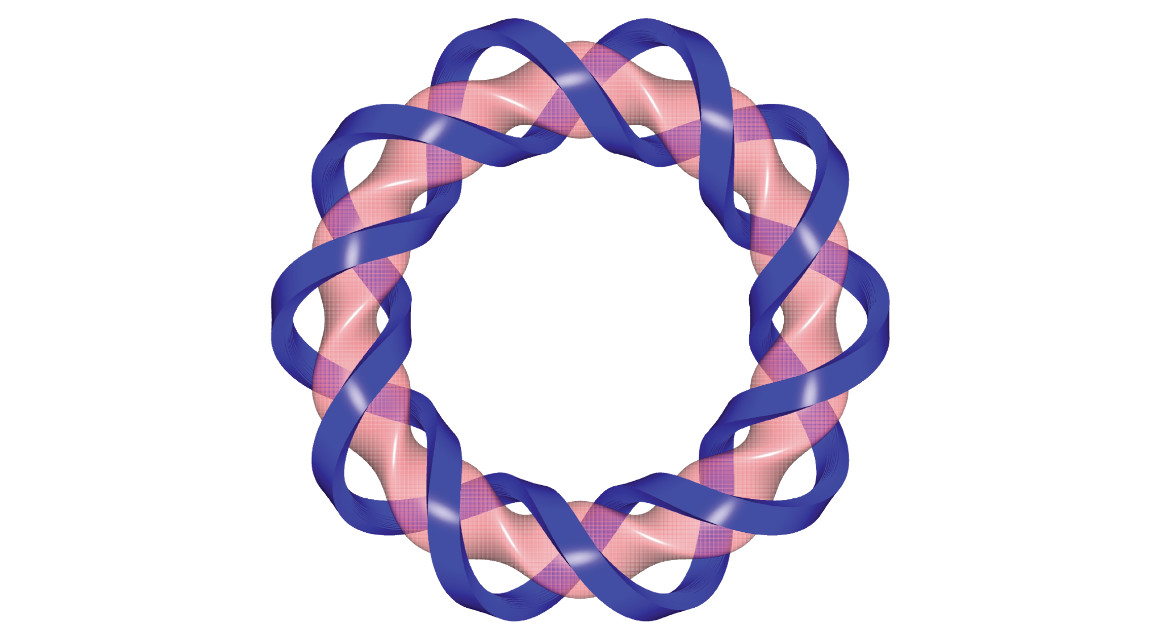
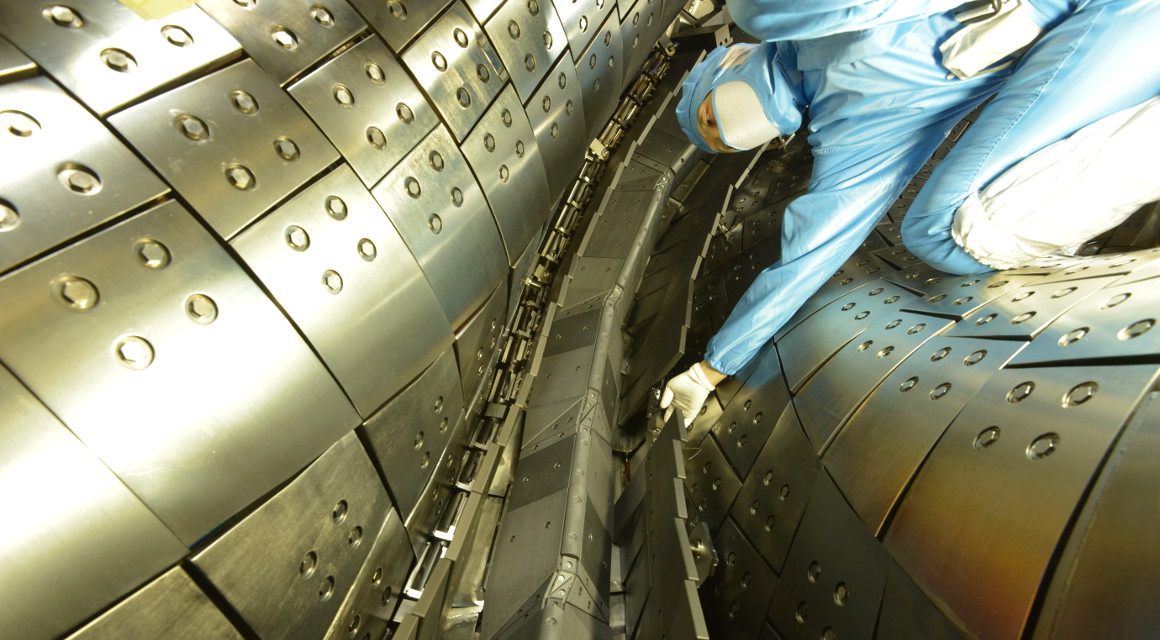
The Large Helical Device (LHD) is the world's largest superconducting plasma confinement device, and employs a heliotron magnetic configuration. The objectives are to conduct academic research on confinement of steady-state/high-temperature plasma from the viewpoint of developing the helical-type fusion reactor.
In the LHD deuterium plasma experiment in FY2020, we succeeded in generating a plasma with both electron and ion temperatures reaching 100 million degrees. Until now, plasmas with an ion temperature of 100 million degrees or higher have had a low electron temperature, and with this success, we were able to establish a method to produce plasmas that reach 100 million degrees. With this success, the LHD research has entered a new stage.
Physics experiments on plasma turbulence and instability have provided important insights for the development of control methods for turbulence and instability in future fusion plasmas. Turbulence and sudden instabilities are considered to be deeply related not only to fusion plasmas but also to various phenomena occurring in space and on the earth. We are planning to promote such interdisciplinary research in the LHD.
 List of Schedule & Report
List of Schedule & Report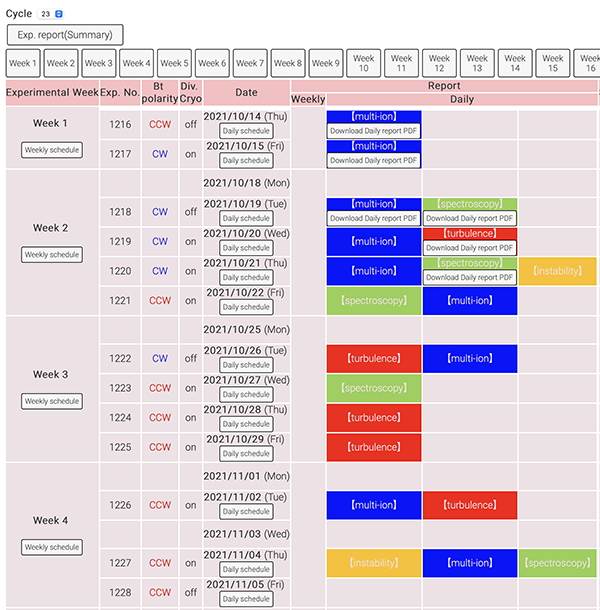
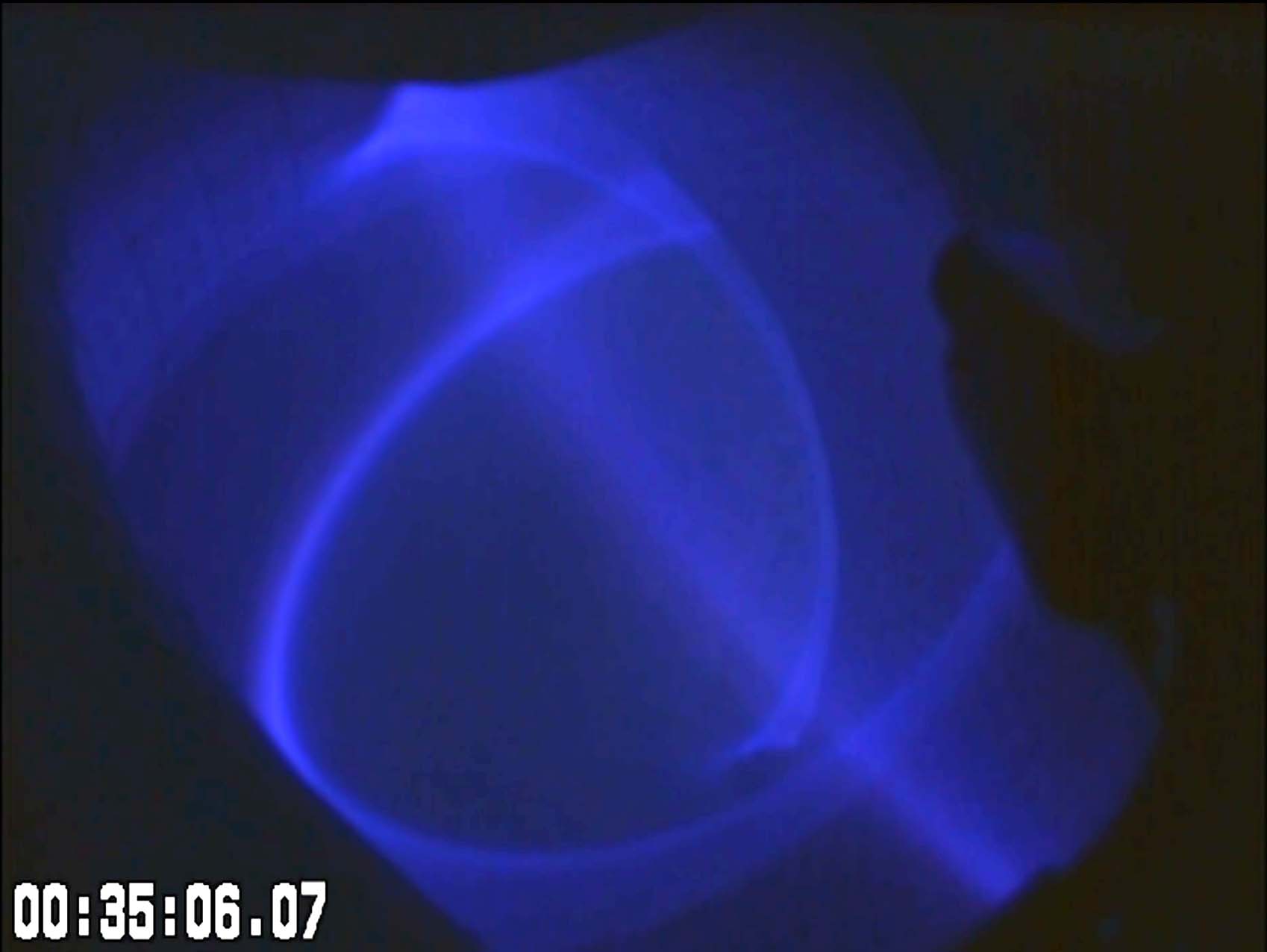
Since the start of experiments on 31 March 1998, the LHD (Large Helical Device), the world's first device using large superconducting coils, was completed on 25 December 2025.
After over 27 years of experiments, since the first plasma in March 1998, the total number of LHD experiments has reached 200,000 shots.
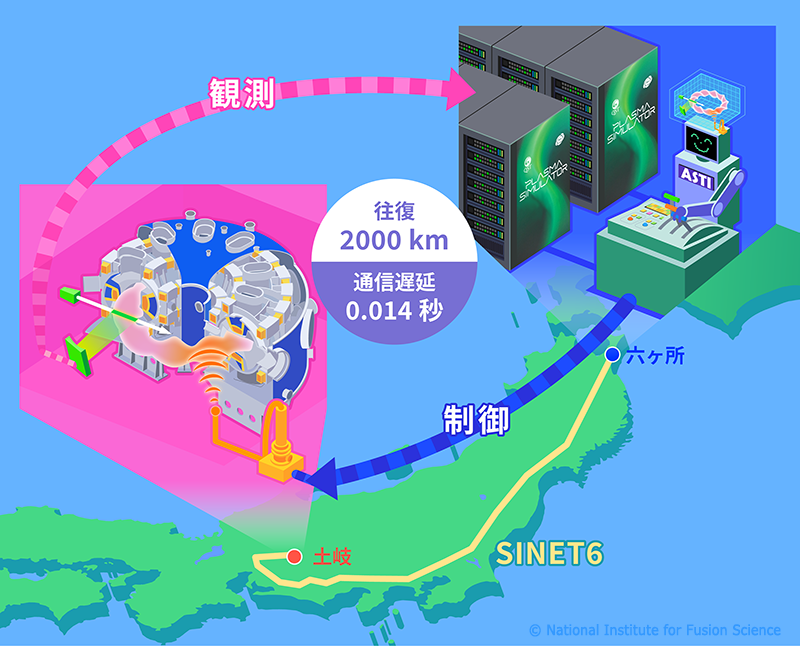
Demonstration of remote, real-time predictive control of fusion plasma

Direct observation reveals “two-in-one” roles of plasma turbulence
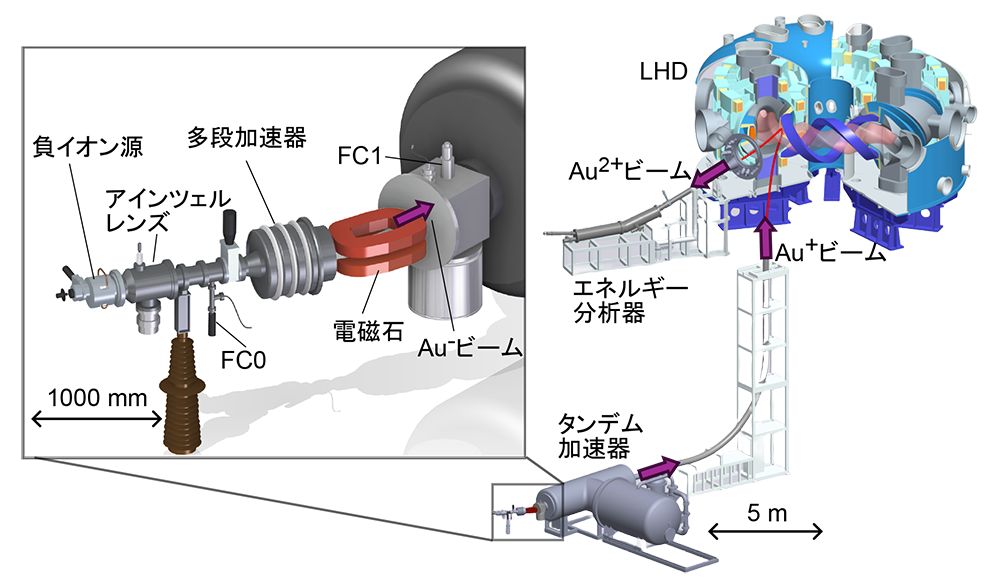
High-precision measurement of potential dynamics inside plasma
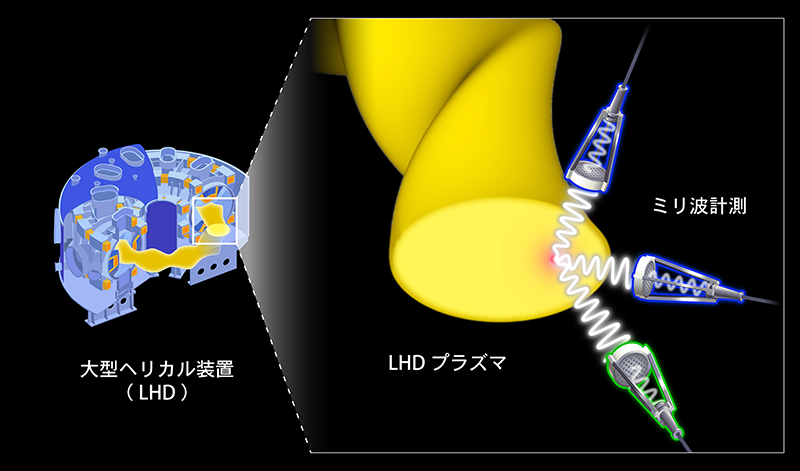
Discovery of new mechanism concerning plasma confinement performance

We launched the 26th LHD experiment campaign today. Plasma experiments are planned until 25 December 2025.

The cooling of the superconducting magnet progressed smoothly, and the system entered liquid helium cooling mode.

The plasma vacuum vessel has begun pumping down, and the helium refrigerator initiated the helium purification operation.

Approaching the unexplored “plasma phase-space” with data science:
Contributing to solving the challenges of fusion energy development

The proposal call for the 26th LHD experiment campaign will be open from June 2 to June 13, 2025.
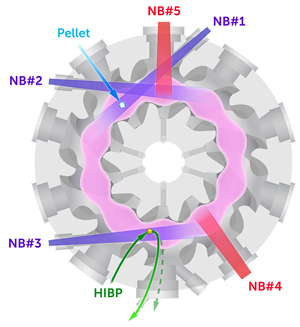
Discovery of spontaneous inflow and outflow states of high-temperature plasma by energetic ions:
Toward zero-emission society with fusion energy
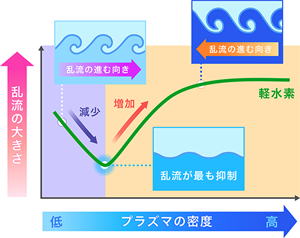
The discovery of new turbulence transition in fusion plasmas:
The road to innovative operation scenarios for fusion power plants
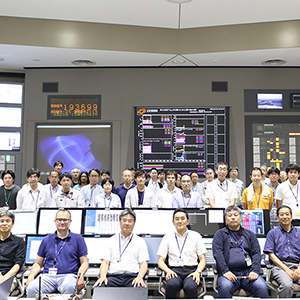
The first experiment campaign of the Academic Research Platform LHD (the 25th cycle experiment in total) was completed today, 20 June 2024.
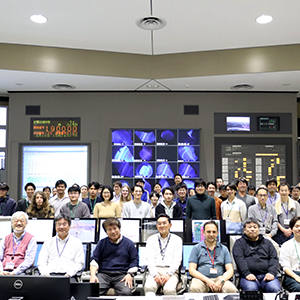
Today, we conducted the 190,000th plasma experiment since the first plasma in March 1998.

We launched the 25th LHD experiment campaign today. Plasma experiments are planned until 20 June 2024.

The superconducting magnet's cooling was completed as scheduled, and the system transitioned to steady cooling mode. We will conduct excitation tests of superconducting magnets in preparation for plasma experiments, which will start tomorrow.
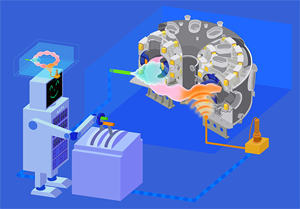
First demonstration of predictive control of fusion plasma by digital twin:
Application of data assimilation to adaptive predictive control

The 25th LHD plasma experimental campaign period is from March 13 to June 20, 2024. The LHD is currently undergoing maintenance work in preparation for the start of plasma experiments. Vacuum pumping and cooling of superconducting coils will start on February 1 and 14, respectively.

To prepare the experimental program of the 25th LHD experimental campaign, we are pleased to invite you to submit experiment proposals. Submission of the proposals will be possible between November 1 and November 30 (AoE), 2023.

The LHD has restarted this year as a three-year Academic Research Platform project. The LHD Academic Research Platform will conduct two experimental campaigns during the three years. The first will last about three months, from the middle of March to the end of June 2024, and the second, will also be about three months, from October to December 2025. The LHD Academic Research Platform makes it a principle to be in favour of open science. We would like to conduct various experiments in collaboration with many researchers in various fields. We welcome your research proposals that use the LHD Academic Research Platform. Contact e-mail: cs_lhdarp@nifs.ac.jp
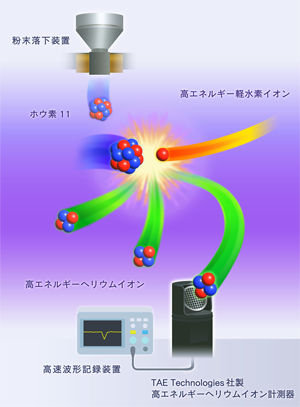
Demonstration of fusion reactions using advanced fusion fuels:
A first step toward a clean fusion reactor using a hydrogen-boron reaction that does not produce neutrons
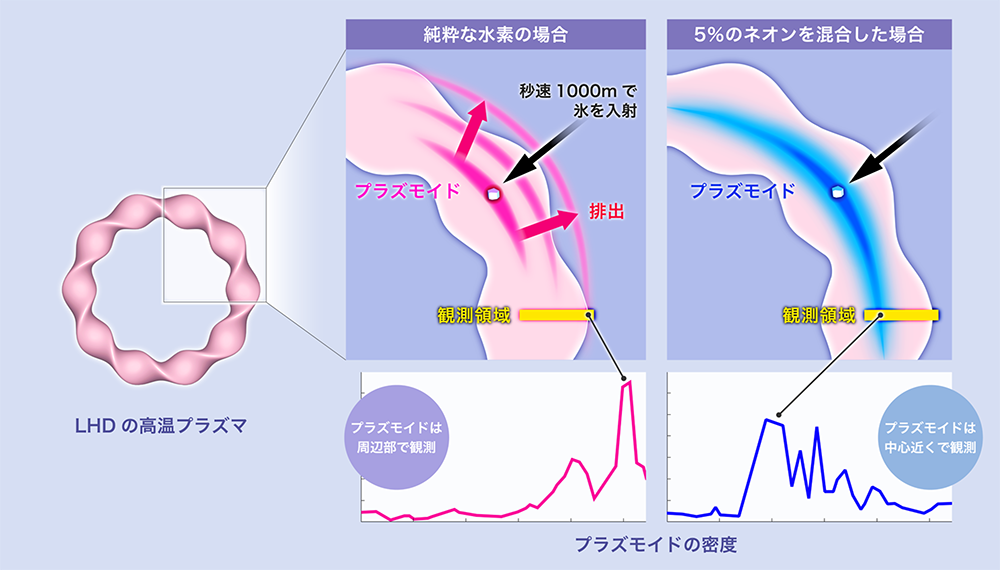
Cooling 100 million degree plasma with a hydrogen-neon mixture ice pellet:
Progress in research on plasma cooling technology for the world’s largest nuclear fusion experimental reactor

Development of high-time-resolution measurement of electron temperature and density in a magnetically confined plasma
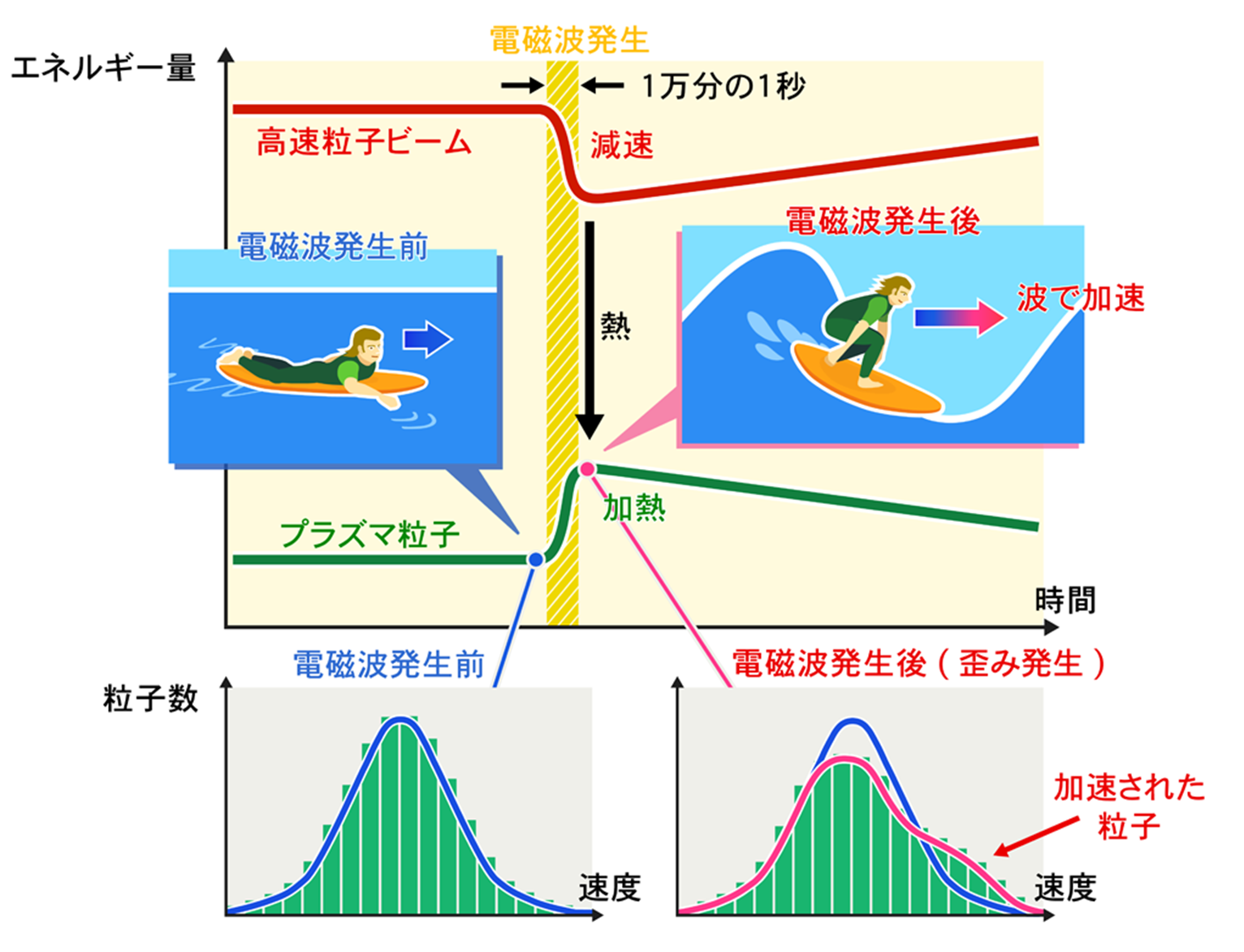
The process of waves carrying plasma heat is observed for the first time in the world:
Significant progress in research on self-heating of fusion plasma

To prepare the experimental program of the 24th LHD experiment campaign, we are pleased to invite you to submit experiment proposals. Submission of the proposals will be possible between June 6 and June 30, 2022. here.

FY2021 NIFS Research Project Results Review will be held on 1 - 3 June 2022.
Registration and program are available here.
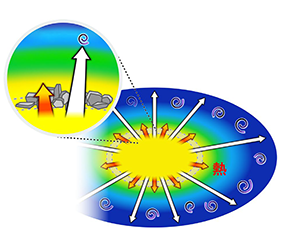
Discovery of high-speed moving plasma turbulence for the first time in the world:
New insights into understanding turbulence in fusion plasmas
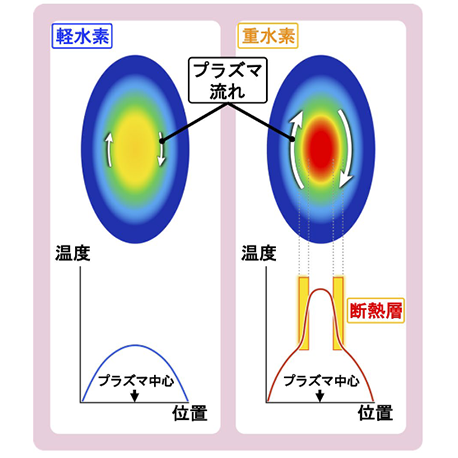
Successful improvement of plasma thermal insulation layer with deuterium:
High-speed beam of gold ions reveals plasma flow effects
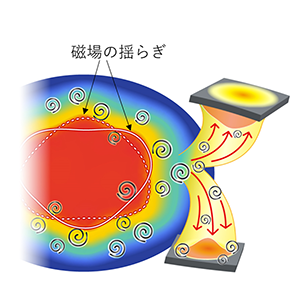
Plasma turbulence spreading by magnetic fluctuation reduces heat load on a fusion device wall
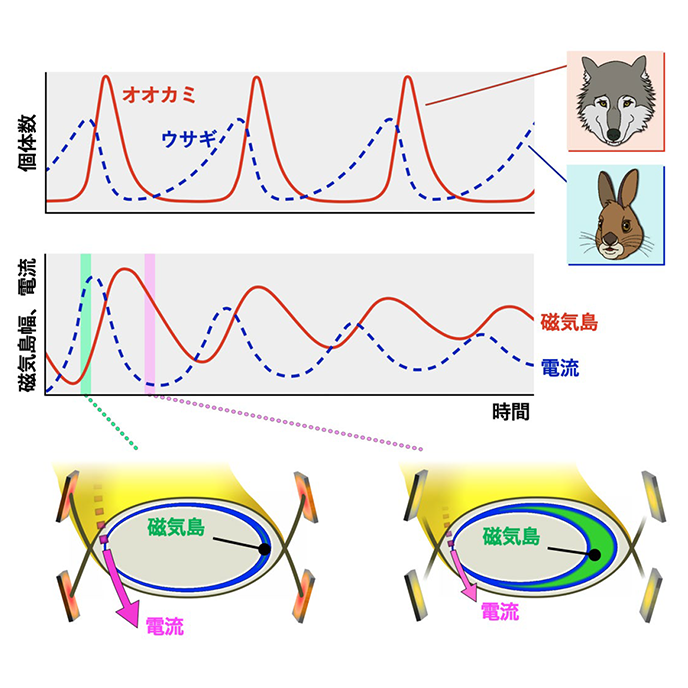
Self-sustained divertor oscillation mechanism identified in fusion plasma experiment:
Dynamics of magnetic island and plasma current mirror basic biology model
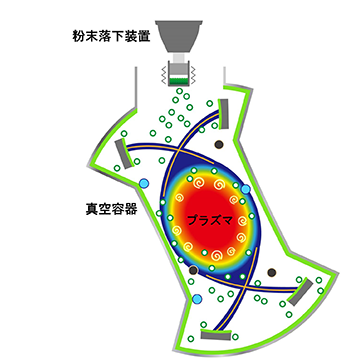
Boron powder injection makes plasma temperature increase:
Both impurities and turbulence are suppressed simultaneously in a discharge
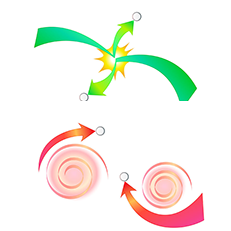
Impact of Magnetic Field Configuration on Suppression of Turbulence:
International Collaboration between Japan and Europe Leads to Innovative Fusion Reactor

NIFS and TAE Technologies have agreed to jointly promote fusion research using advanced fusion fuels, and signed a joint research agreement to start our collaboration from 1 September 2021.

FY2021 LHD Research Forum will be held from July 12 - 16, 2021 on Zoom. Detailed agenda can be found here.